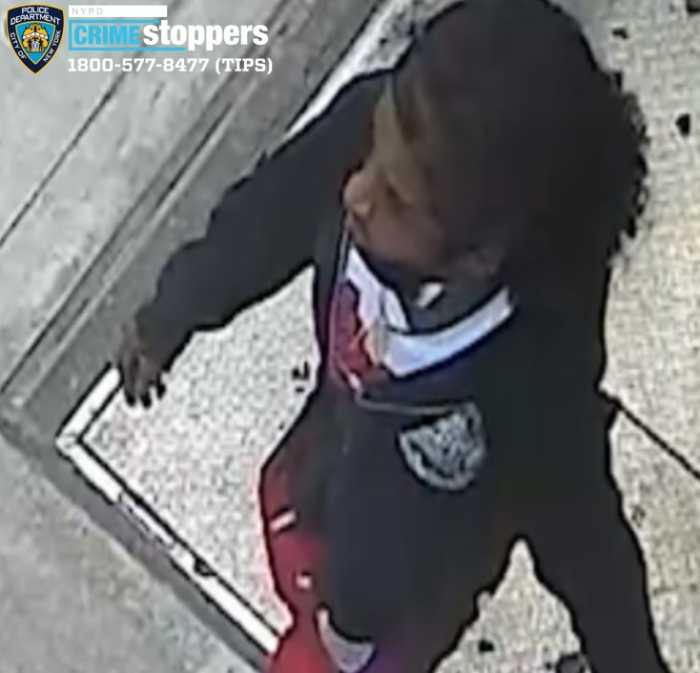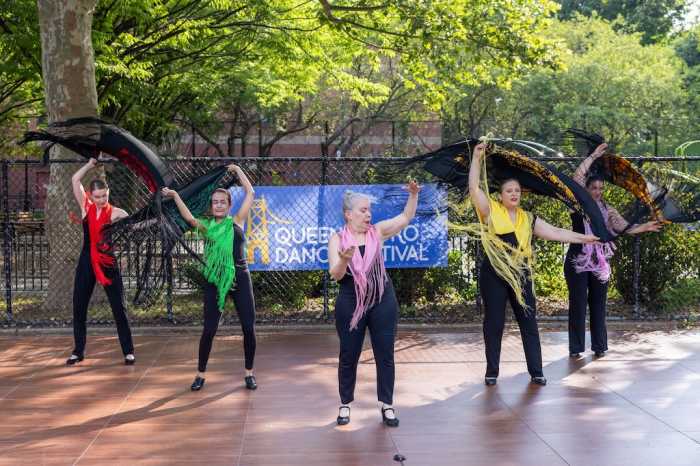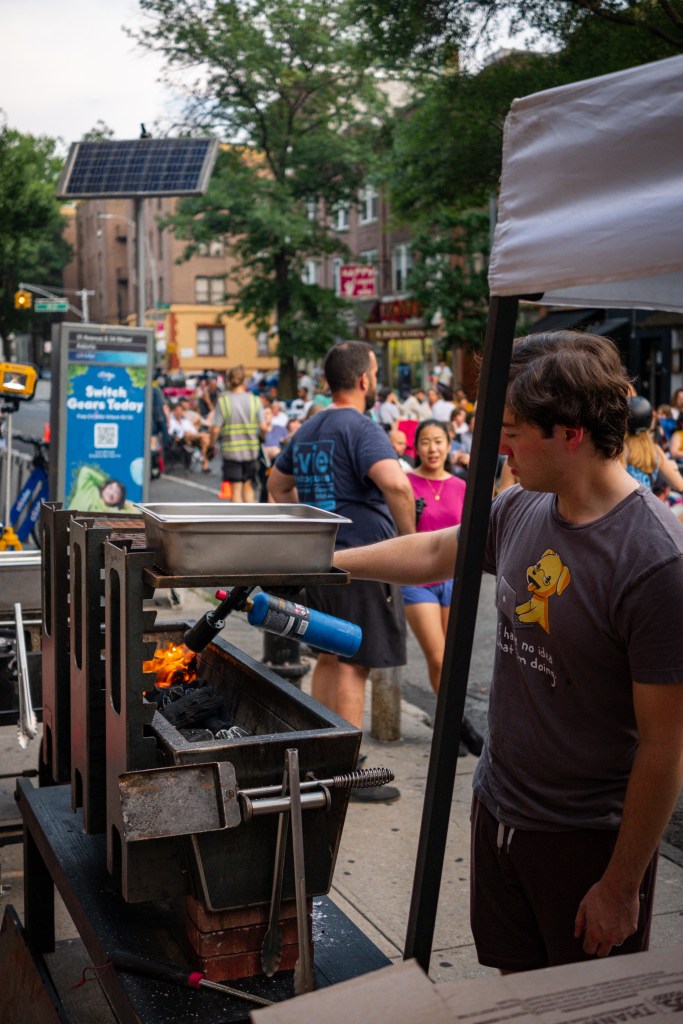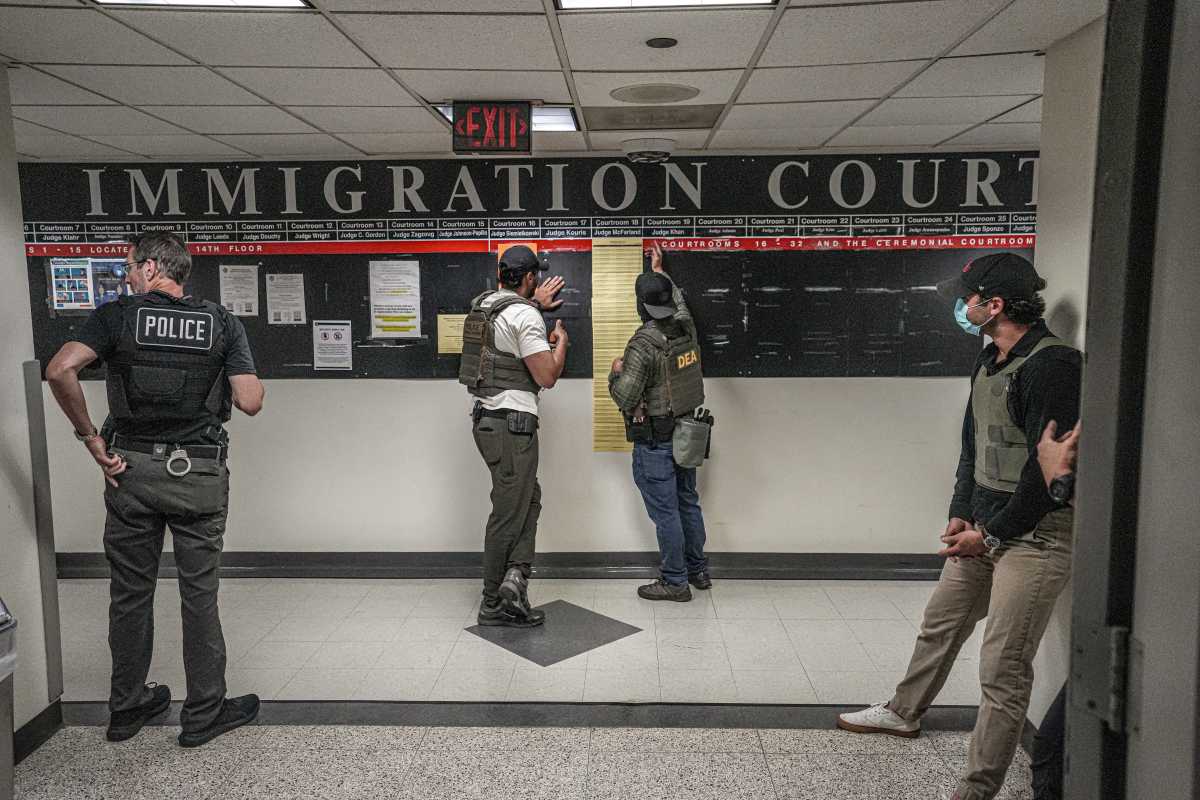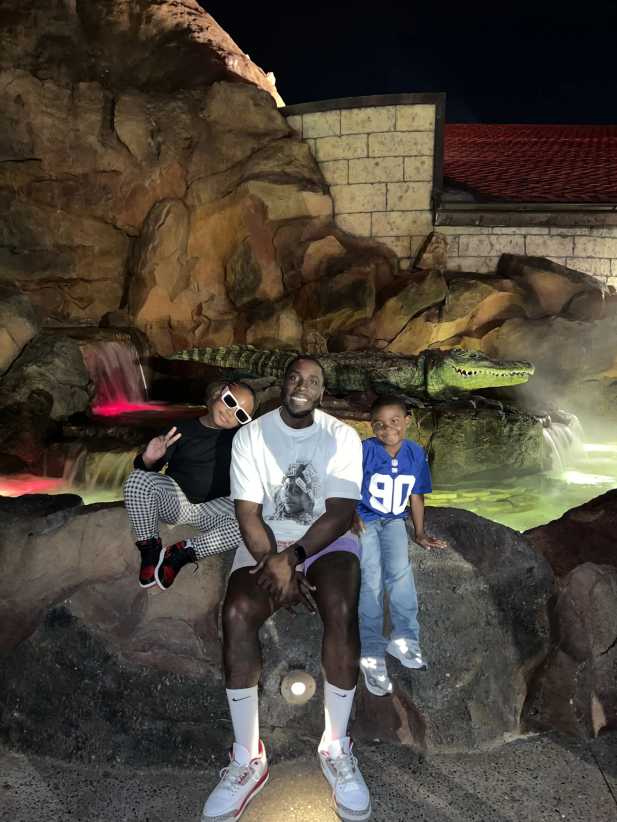By Gabriel Rom
From recording the smaller moments of everyday life to digitizing thousands of historical documents, the Queens Memory project is no small undertaking.
But on a Tuesday afternoon at the Greater Ridgewood Youth Council, a group of students involved with the project were working diligently on unearthing the past of their small corner of Queens.
The project, created in collaboration with the Queens Library and Queens College, collects the stories and images of both eras past and contemporary life in the borough.
The team, which receives pay for their work, first set out to provide a comprehensive snapshot of the Myrtle Avenue business district. Over time the scope of the project has broadened to include interview subjects from across the neighborhood.
“This is primarily a project based on oral history,” said Emily Waelder, service learning coordinator at the Greater Ridgewood Youth Council, who leads a group of more than 15 high school students.
Waelder’s team is in charge of a collaborative, interlocking process: interviews with local residents are recorded, transcribed, edited and catalogued.
In the office there was the quiet hum of computers and kids at work. Strewn across Waelder’s desk were a stack of Polaroid pictures from the Greater Ridgewood Youth Council archive—intimate snapshots of life in the neighborhood.
“We are the ones who start off the whole process,” said Samantha Ortiz, 15, from Forest Hills, who works as a documentarian.
Ortiz recited the life story of Arlene Hoffman, a retired dancer and business owner from Ridgewood, almost from memory.
“When I heard her, I learned something about my community: the knowledge of what my neighborhood once was and how it has changed,” Ortiz said.
The project is divided into multiple groups, all of which approach the neighborhood uniquely. A visual art group, led by Magin Schantz, an arts director, responds creatively to the personal histories collected by Waelder’s group.
All of the visual material will ultimately be combined with the interviews to form a book. And as the project nears its culmination, the groups will come closer and closer together, ultimately converging into a final multi-media presentation. A third group responds to neighborhood narratives with writing, poetry and hip-hop inspired lyrics.
“We’re bringing a creative twist to the data that Emily’s kids provide,” Schantz said. “We use art as a way for the kids to get to know themselves. For us it’s a bit less about the history, but rather the present.” The program’s participants were keenly aware that their work goes beyond the classroom, and that it’s not a strictly academic exercise, but a form of civic service.
“My job is to put all the information into the system. It can be stressful, but it’s fun,” said Jessica Civita, 15, from Ridgewood. “I just want to make sure to enter the right information—these are real people.”
For Waelder, a former teacher, the project also helps empower the students.
“We want people to realize that these local teenagers are thoughtful, focused and insightful,” Waelder said. “And that’s not always what people assume.”
Reach reporter Gabriel Rom by e-mail at grom@



